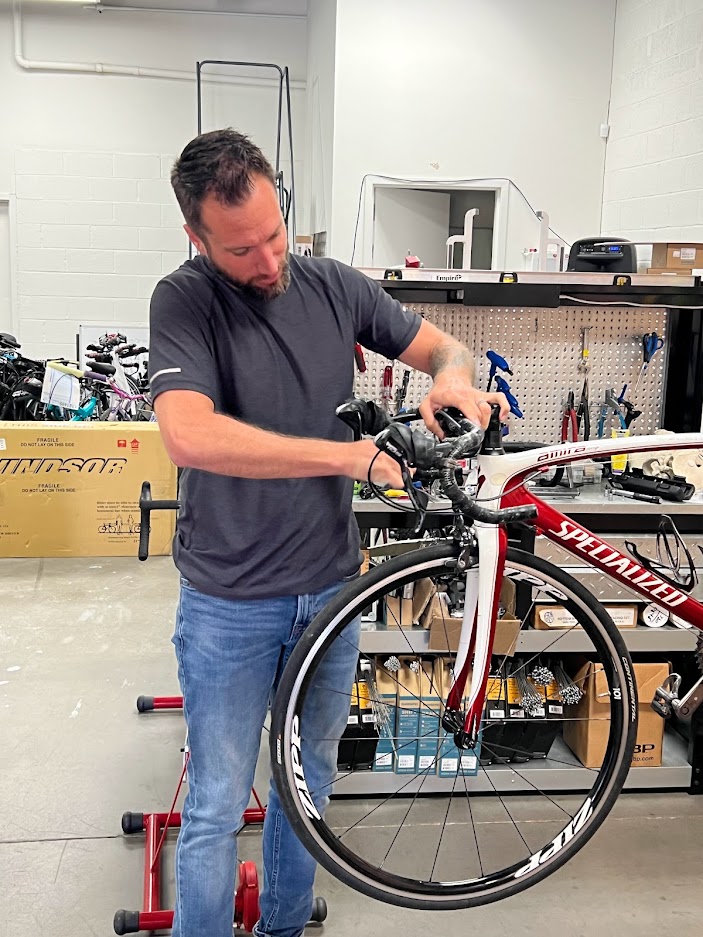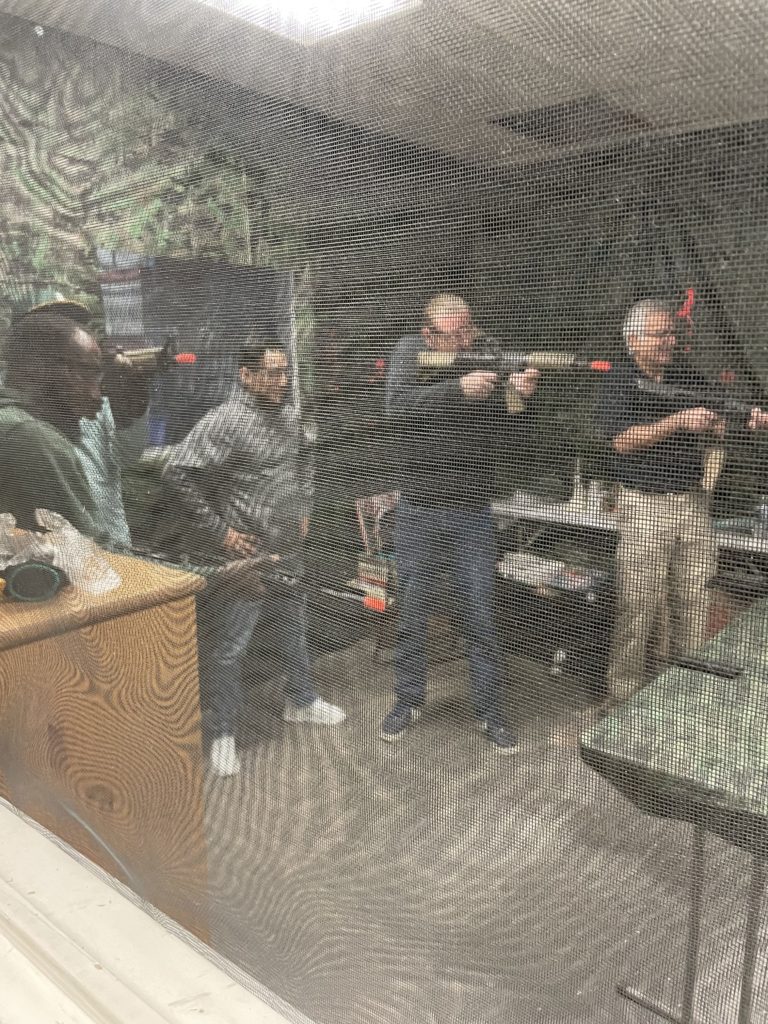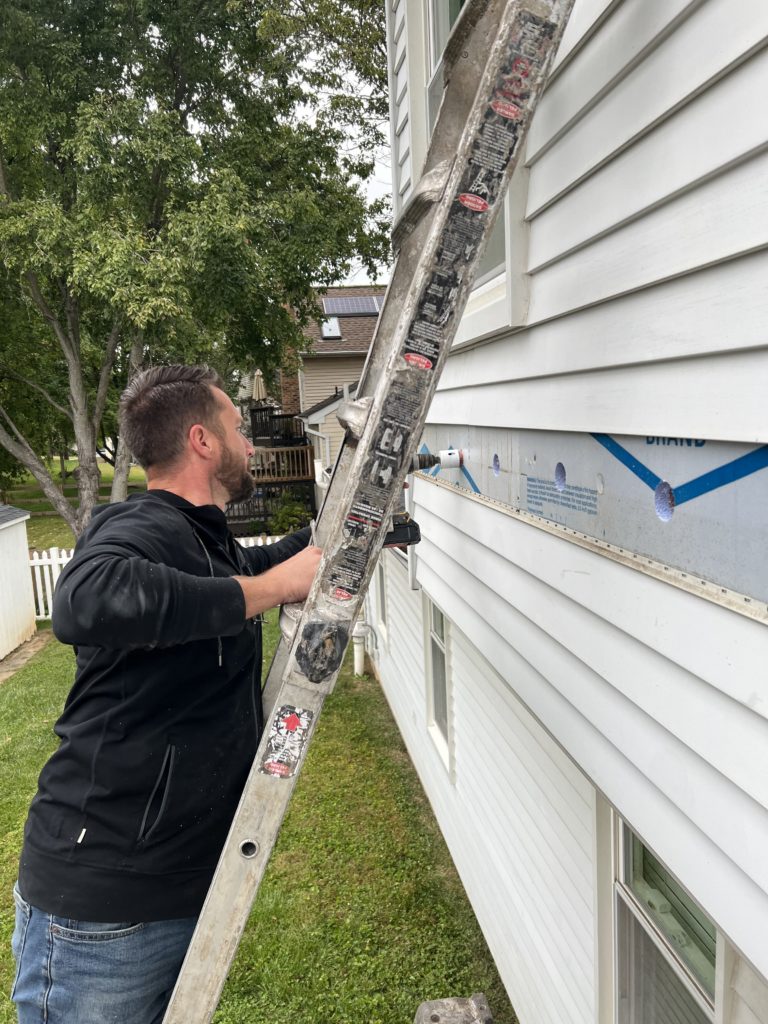 Our client USA Insulation had a problem: It needed a better culture. They had a great staff that cared about their work and helping clients, but their team didn’t know each other, and it was costing them.
Our client USA Insulation had a problem: It needed a better culture. They had a great staff that cared about their work and helping clients, but their team didn’t know each other, and it was costing them.
The admin staff worked remotely, and the sales team worked their schedule and were assigned appointments electronically. Once a job was sold, the installers would show up a few days later with a printout of a work order containing instructions to execute the job. Despite being a local company of fewer than 20 employees, each department rarely interacted unless there was a problem or a “fire” to put out.
One of our principles at Atlas is that “culture is king.” We know that “cash is king” is a common phrase in business, but we believe culture comes before cash. If we show care to our people, the cash follows. The intangible team atmosphere of a company becomes a tangible bottom-line reality. Ignoring culture affects the bottom line. The friction caused by bad culture can be toxic. It’s easy to build resentment between a team that doesn’t know each other as friends with a common goal. So how did we address this nebulous problem of team culture?
We decided to start by planning the company’s first-ever Company Fun Day, which was a success! Instead of working on Friday, the USA Insulation team showed up at a “rage room” with rooms full of stuff to break, hatchets to throw, and airsoft guns to shoot. There was a lot of laughing and excitement, followed by lunch.
It was a little surreal for our Atlas team that day. We had just signed on to help the USA, but we found ourselves introducing their team to each other. In some cases, employees saw each other’s faces for the first time and finally got to put a name with a face. There was some talk about work, but mostly they spent the day just getting to know each other as people.
When we planned the fun day, no one expected to fix culture and create meaningful friendships with just one event, and we weren’t entirely sure if we would see any definitive results right away. We just wanted to make a first step in the right direction. That’s how change happens.
Since that event, we’ve observed some intangible things that are hard to measure, like smoother communication, installers giving sales representatives the benefit of the doubt when there’s a problem, and more conversations internally about how to serve clients better. But surprisingly, there were also measurable changes after just a few weeks! The sales closing rate increased by ten percentage points, and the average ticket increased by $2,000 to $3,000 for the sales team.
There’s still work to be done. Culture isn’t something you address once and checks a box. It takes effort to move the needle of culture and provide employees with clarity, care, and challenge every day when they come to work and get to know your most valuable resource in business: your people.


















